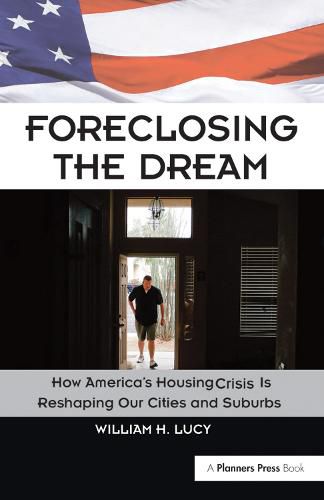Readings Newsletter
Become a Readings Member to make your shopping experience even easier.
Sign in or sign up for free!
You’re not far away from qualifying for FREE standard shipping within Australia
You’ve qualified for FREE standard shipping within Australia
The cart is loading…






That America entered a profound housing crisis in 2008 is well known. The wave of foreclosures that began to sweep the nation has had radical economic effects. But the force, ramifications, and implications for communities across America have never been spelled out as clearly and thoroughly as they are in this volume. As he did in Tomorrow’s Cities, Tomorrow’s Suburbs, the author has taken a clear-eyed and meticulous look at the latest data and found lessons that the mainstream discussion has overlooked - particularly with regard to the spatial and demographic implications of the housing crisis. The housing market did not collapse uniformly, and the pain has not been felt equally in all age groups. Planners, public officials, activists, students, and others will benefit from the author’s’s analysis of the real shape of the crisis, for what happens next will reflect these inequities. The author pulls no punches in this taut, readable assessment of what the crisis will mean for the shapes of our exurbs, older suburbs, and central cities.
$9.00 standard shipping within Australia
FREE standard shipping within Australia for orders over $100.00
Express & International shipping calculated at checkout
That America entered a profound housing crisis in 2008 is well known. The wave of foreclosures that began to sweep the nation has had radical economic effects. But the force, ramifications, and implications for communities across America have never been spelled out as clearly and thoroughly as they are in this volume. As he did in Tomorrow’s Cities, Tomorrow’s Suburbs, the author has taken a clear-eyed and meticulous look at the latest data and found lessons that the mainstream discussion has overlooked - particularly with regard to the spatial and demographic implications of the housing crisis. The housing market did not collapse uniformly, and the pain has not been felt equally in all age groups. Planners, public officials, activists, students, and others will benefit from the author’s’s analysis of the real shape of the crisis, for what happens next will reflect these inequities. The author pulls no punches in this taut, readable assessment of what the crisis will mean for the shapes of our exurbs, older suburbs, and central cities.